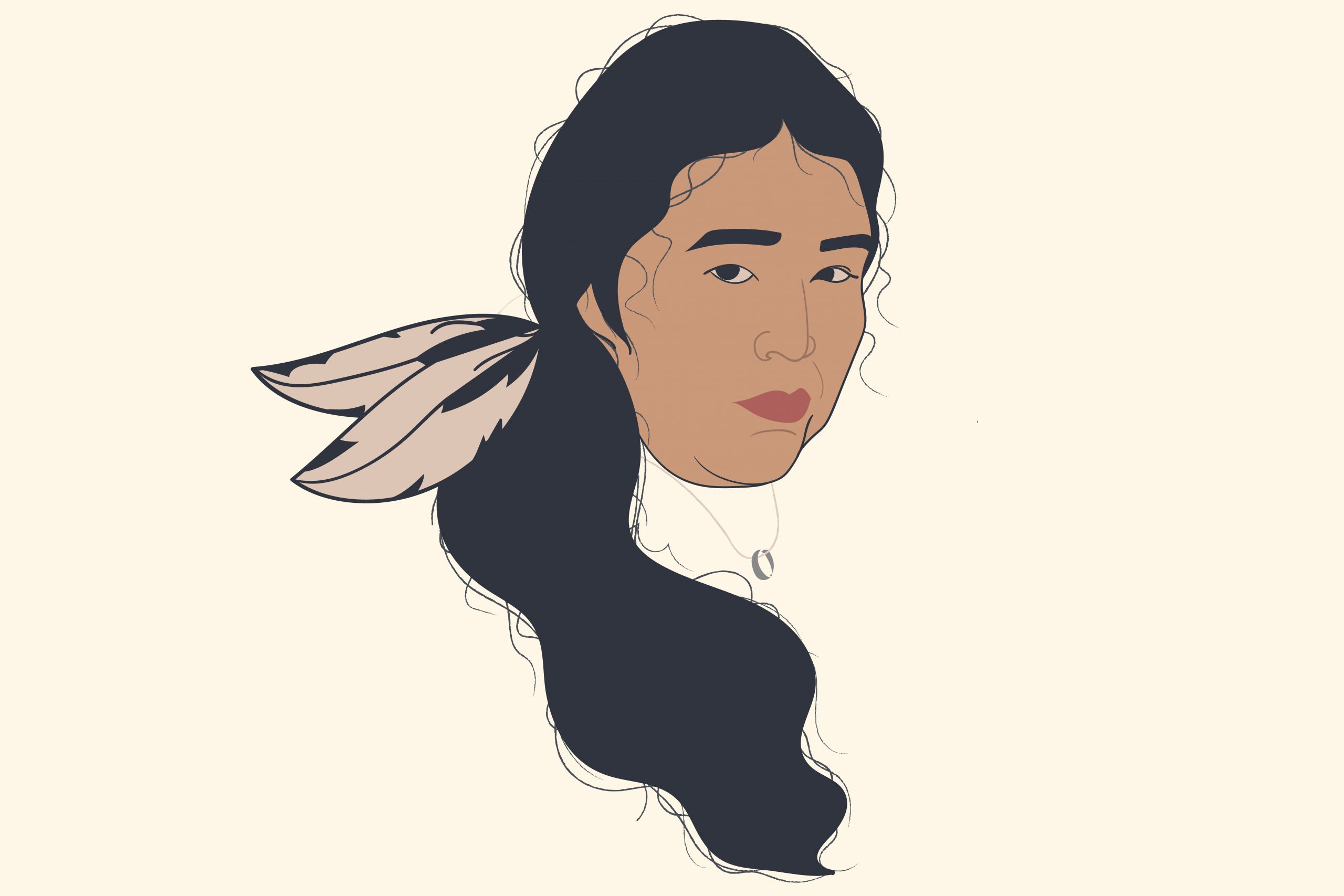Realist dramas, like “Lady Bird” and “Booksmart,” are often popular because of the enticing idea their plots could happen in real life; however, they typically still fabricate illusory universes for the sake of cinema. From dialogue devoid of awkward pauses, interruptions or lackluster comebacks to unbelievable characters and improbable situations, movies supposedly about real life still craft a fake story.
But the upcoming “The Body Remembers When the World Broke Open,” directed by Elle-Máijá Tailfeathers and Kathleen Hepburn, eschews elaborate editing and camerawork and instead embraces just how authentic its narrative is through a relentlessly realistic style.
Set in modern East Vancouver, British Columbia, “The Body Remembers When the World Broke Open” follows Áila and Rosie, two indigenous women from vastly different backgrounds and situations who find themselves entangled when the former happens upon the latter in crisis. After Áila spots Rosie’s bloodied face and lack of shoes, she recognizes her as a victim of domestic abuse and takes it upon herself to rescue Rosie to the best of her capabilities.
The film spans the single day of their encounter as the women clash and connect over their identities and ideas on what to do about the abuse. Áila, a well-off woman in her 30s with a stable relationship, realizes Rosie desperately needs to break away from her abuser and so she spends the day aiding her escape, phoning endless women’s shelters in search of a vacancy. But she faces hesitance and blowback from the younger, practically broke Rosie, who is clearly trapped in the cycle of abuse with no easy exit.
Rather than appear as untouchable archetypes of the savior and victim, both women exemplify incredibly complex experiences, values, beliefs and personalities that every real person embodies. “The Body Remembers When the World Opens” seeks to spotlight the reality of its tale, firstly with its central characters.
Through a combination of showing and telling, the film establishes each character’s contradictory and complementary strengths and weaknesses with an unapologetic look at their flaws.
In its first shot, the film attributes Rosie with a certain kindness after she picks up a toy for a child on the bus. But she also displays quite callous, casual cruelty on multiple occasions. She steals from Áila, the woman helping her when she has nobody else, she lies to people and she manipulates them to fulfill her own desires.
But her flaws are all realistic, and the life that the film shapes for her somewhat justifies her actions. Her lower-class status and fraught experience as a dark-skinned woman in an intrinsically racist society make her victim of her circumstances. Rosie represents a realistic depiction of someone in her position that doesn’t gloss over the uglier parts.
Likewise, Áila clearly possesses a kind spirit; not many people would willingly insert themselves into the dangerous problems of a stranger or invite them into their homes. But she also falls prey to her privileged biases as a middle-class, light-skinned woman from a stable background.
Both these characters could easily exist in the real world, and to a certain degree, they do. Countless numbers of women fit these same narratives and fulfill similar roles. By fleshing out the characters realistically, the film heightens its own credibility.
The defining stylistic characteristic of the film is its generous definition of what actions are worthy of screen time and attention. Because the entire narrative is confined to a single day, “The Body Remembers When the World Broke Open” features many silences and mundane activities that populate real life but most movies would skip over. There are no handy cuts in time that push along the plot. Instead, audiences are treated to just about every minute of the day.
The day’s events play out in real time. From the moment Áila approaches Rosie, we follow their interaction every step of the way. The long “chase scene” as they flee Rosie’s abuser to reach the haven of Áila’s home inspires an unforgiving tension. The entire time, you don’t know if they’ll actually escape or not, and the lack of editing keeps you on your toes for the same length of time the characters feel anxious.
Intermittent painful silences between Áila and Rosie also mimic the awkwardness of reality and human interaction. Rather than cutting away, the film forces the characters and audience to stew in awkward pauses that follow arguments and outbursts.
As Áila makes one phone call after the next to shelters and volunteer centers, we sit with Rosie in anxious anticipation of help in the unfamiliar living room of a stranger. Another time, after Rosie calls Áila a “dumb white b–ch,” audiences have to suffer through the rest of their tense taxi ride along with them.
By taking viewers along for the ride in real-time, the film makes them feel like part of the story, while imbuing it with a credible basis in reality. You can empathize with the emotions Áila and Rosie feel throughout: anxiety, aggression, fear, self-righteousness, indignation, pity and discomfort. You’re encouraged to think of yourselves as experiencing the same interactions and revelations as Áila and Rosie, thus enhancing the emotional journey you take.
https://www.instagram.com/p/B4QcUEuhZbx/?utm_source=ig_web_copy_link
Rather than highlighting the separation from reality of the film’s events, “The Body Remembers When the World Broke Open” emphasizes their unfortunate prevalence in real life. Refusing to flinch from portraying abuse, addiction, racism and other social evils, the film acts almost as a documentary that spreads awareness for victims of domestic abuse and the risk factors for it.
If you’re looking for a deeply personal and emotional film with a unique, intriguing style, “The Body Remembers When the World Broke Open” would make the perfect addition to your watchlist.
















